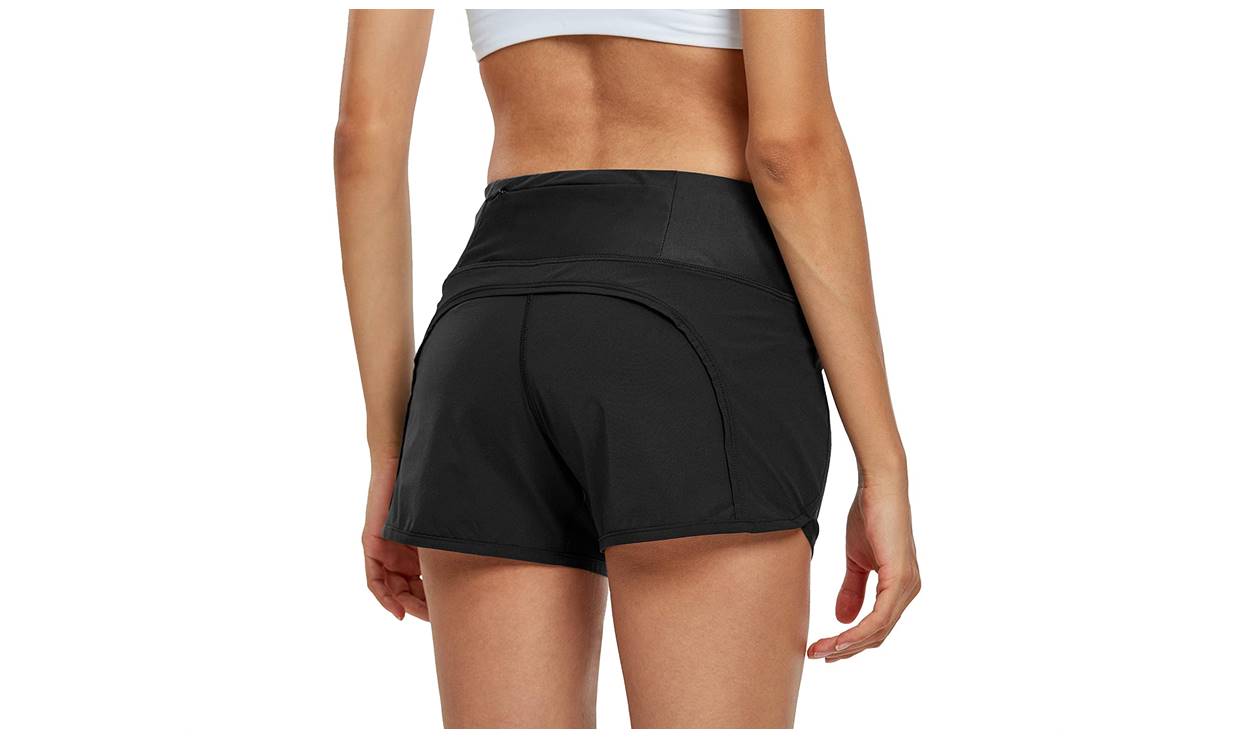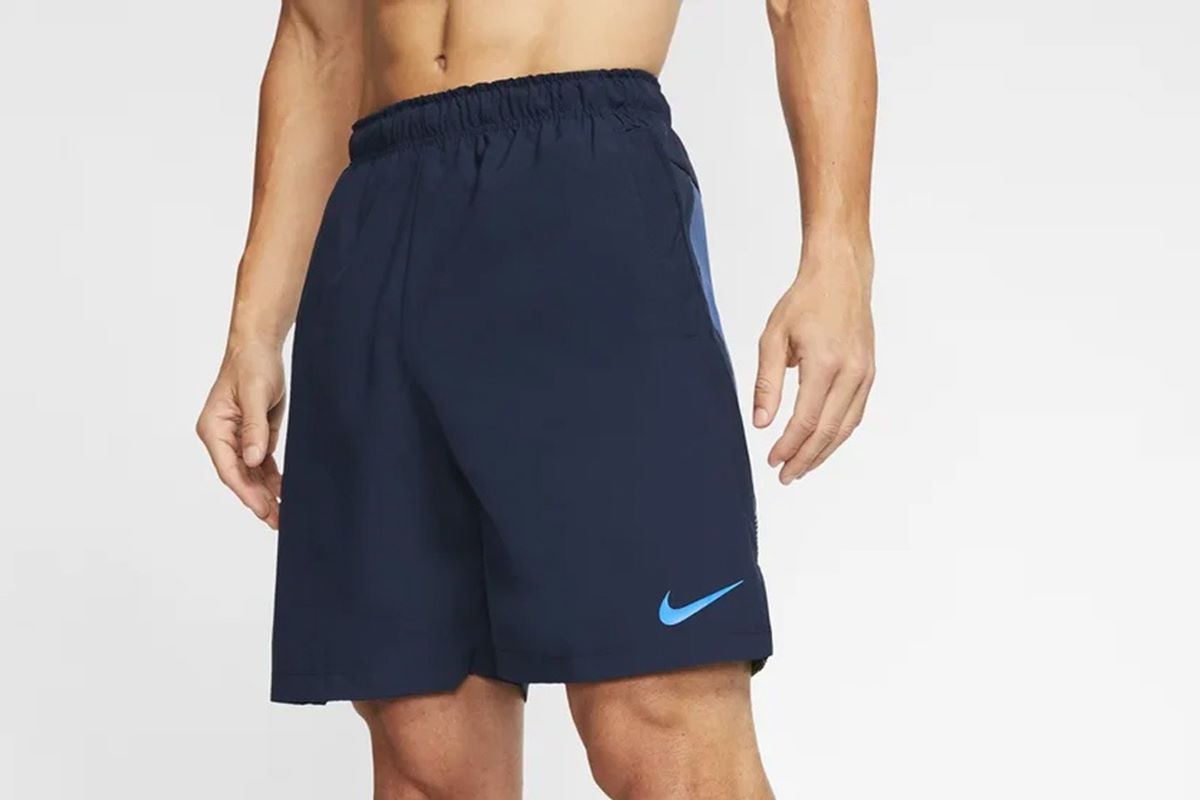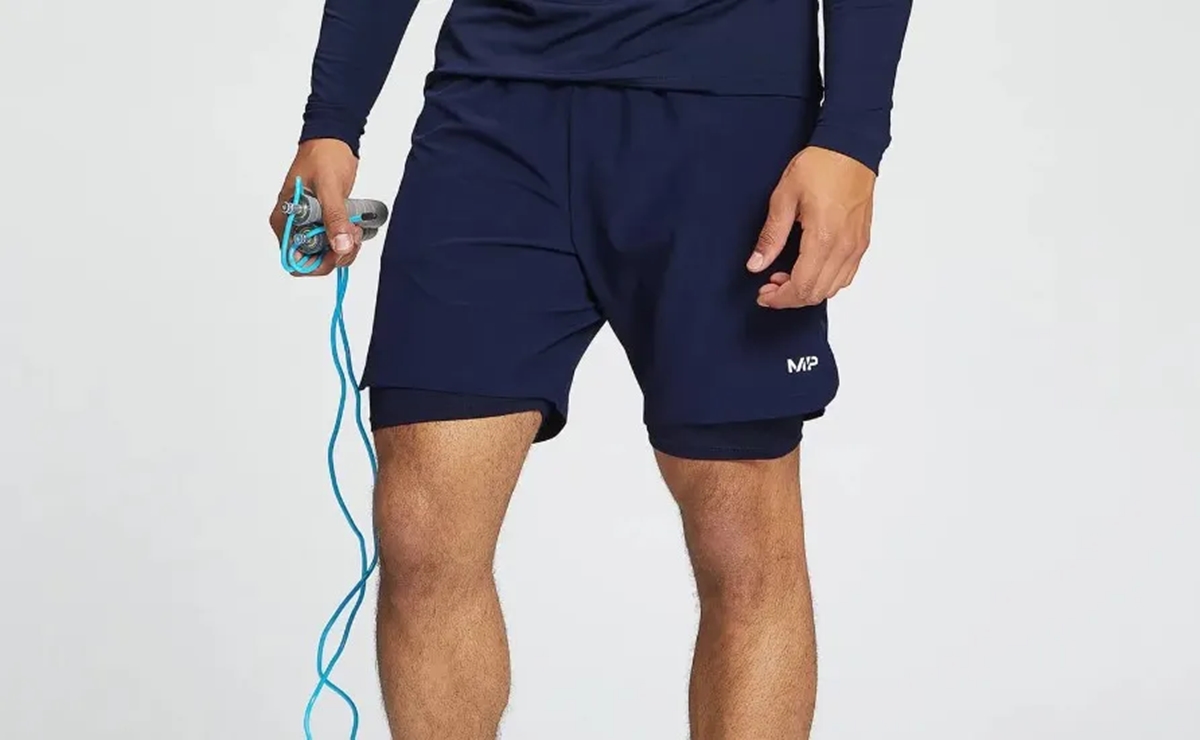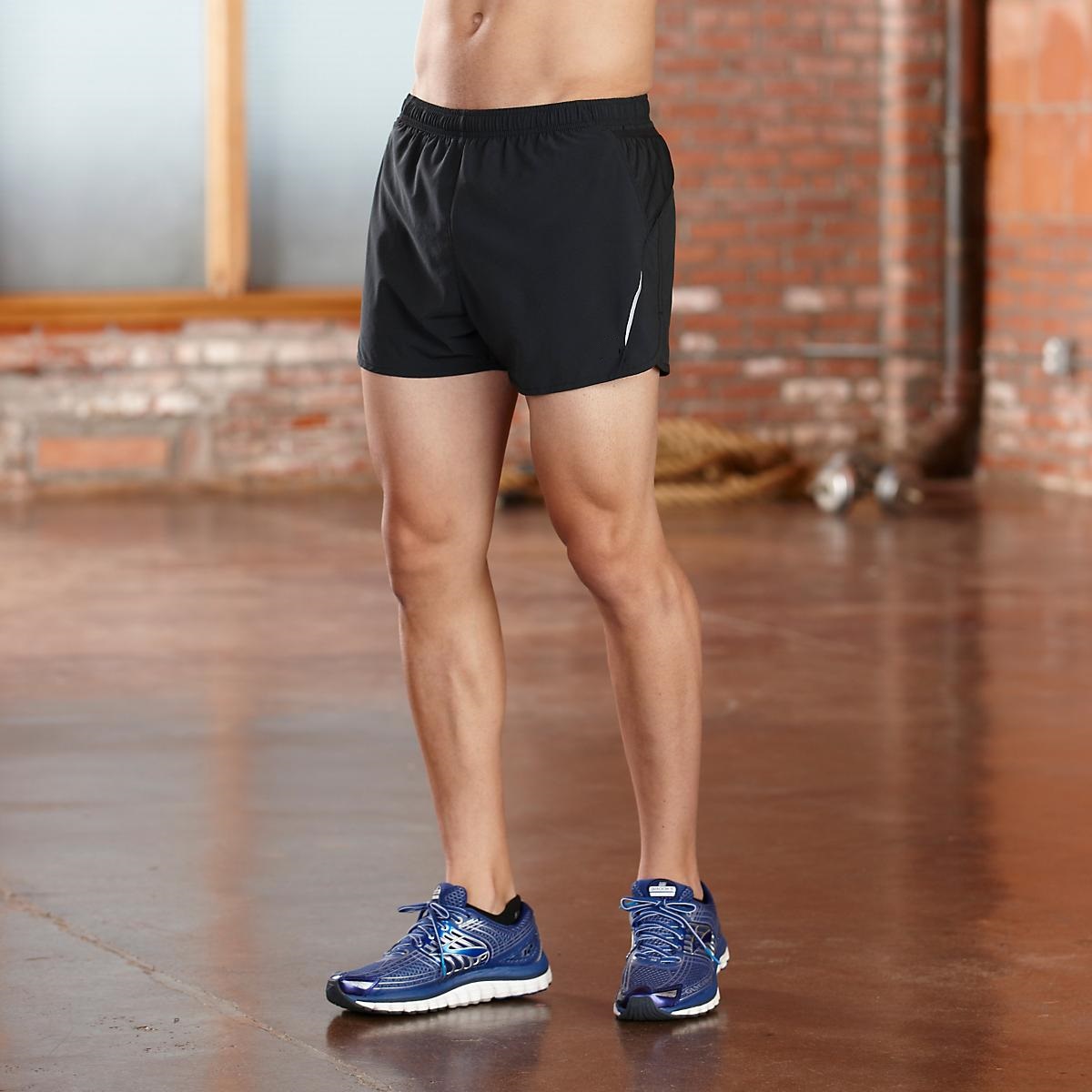Home>Guides and Tips>Running Shorts: Ultimate Buying Guide>Should You Use Fabric Softener on Dri Fit? (For Running Shorts)
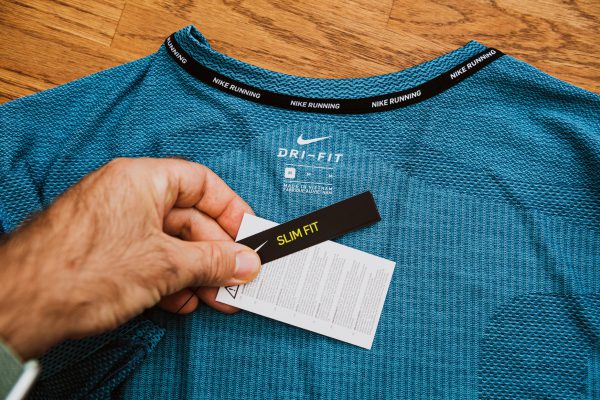
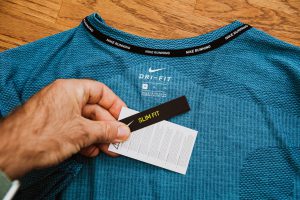
Running Shorts: Ultimate Buying Guide
Should You Use Fabric Softener on Dri Fit? (For Running Shorts)
Modified: January 2, 2024
Learn about the potential effects of fabric softener on the moisture-wicking properties and performance of your Dri-Fit fabric. Discover alternative methods to maintain the quality and longevity of your running shorts while keeping them soft and comfortable.
If you’re an athlete, an enthusiastic gym-goer, or simply enjoy going for a leisurely run, chances are high that you own a pair of Dri Fit running shorts. These shorts are specially designed to enhance your exercise experience by keeping you cool, dry, and comfortable. As a result, they’ve become a staple in many active people’s wardrobes.
But the question that has been circling around these revolutionary pieces of athletic clothing is: should you use fabric softener on Dri Fit running shorts? In this comprehensive article, we’re going to address this question in-depth, guiding you on the best care practices for your favorite Dri Fit running shorts.
Understanding Dri Fit Material
Before diving into the main topic, it’s essential to understand what Dri Fit material is. Developed by Nike, Dri Fit is a high-performance, microfiber, polyester fabric that moves sweat away from the body, keeping the wearer dry and comfortable. Dri Fit material is not exclusive to running shorts. It’s used in a wide range of athletic clothing, including shirts, socks, and more.
One important thing to note is that Dri Fit is a proprietary material designed to have specific qualities such as:
Moisture-wicking
This material is designed to pull moisture away from the skin, keeping the wearer dry.
Quick-drying
Dri Fit material is engineered to dry much faster than standard cotton clothing.
Lightweight and breathable
This material is thin and light, promoting better air circulation and preventing overheating.
Durable
Dri Fit material is made to withstand rigorous physical activity and frequent washing.
The Controversy: Fabric Softener and Dri Fit Material
Fabric softeners are a popular addition to many laundry routines. They give your clothes a pleasant fragrance, reduce static cling, and make them feel softer. Despite these benefits, there is a significant controversy regarding their use on Dri Fit material.
Fabric softeners work by leaving behind a thin layer of lubricating chemicals on the fibers of your clothes, making them feel softer and reducing friction during wear. While this might be beneficial for most clothes, it’s not the case for Dri Fit materials. Here’s why:
Blocking moisture-wicking properties
The thin layer left by fabric softeners can clog the pores in Dri Fit fabric. This impairs the fabric’s ability to wick away moisture effectively.
Deteriorating breathability
The chemical layer can reduce the material’s breathability, causing discomfort during workouts.
Damaging fabric durability
Over time, fabric softeners can break down the unique composition of Dri Fit materials, affecting their durability.
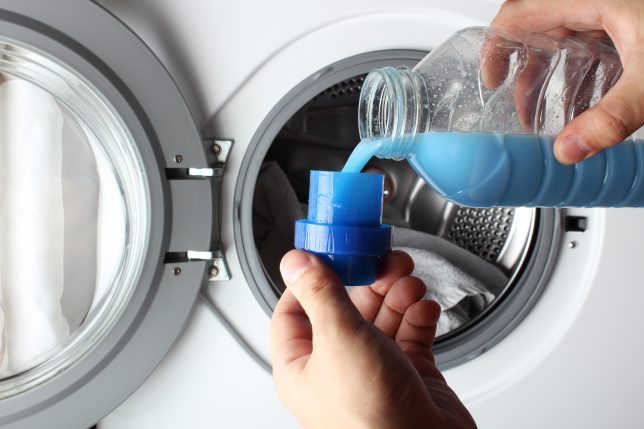
Image from Adobe
The Verdict: Should You Use Fabric Softener on Dri Fit?
Based on the information we’ve dissected so far, it’s recommended not to use fabric softener on Dri Fit material, especially your running shorts. The potential adverse effects that fabric softeners can have on Dri Fit material significantly outweigh the perceived benefits.
Caring for Your Dri Fit Running Shorts
Now that we have answered the primary question let’s look at how to properly care for your Dri Fit running shorts:
Washing
Wash your Dri Fit running shorts inside and out in cold water. This helps to prevent color fading and protects the material from unnecessary wear and tear.
Drying
Whenever possible, air-dry your shorts. The heat from dryers can weaken the fabric over time. However, if you must use a dryer, make sure it’s set on a low heat setting.
Avoid Bleach and Ironing
Both bleach and high heat from ironing can damage Dri Fit material. It’s best to avoid them.
Regular Cleaning
After every workout, make sure that you wash your shorts. Sweat can break down the fabric and lead to a shortened lifespan.
Conclusion
Dri Fit material, found in many running shorts, has been designed specifically to keep you comfortable and dry during your workouts. This innovative material necessitates special care, including avoiding fabric softeners, which can impair the moisture-wicking and breathability properties that make Dri Fit so popular among athletes and fitness enthusiasts.
Just remember, the key to preserving your Dri Fit running shorts’ performance and longevity lies in the way you care for them. Simple changes in your laundry routine can make a significant difference, ensuring that you continue to enjoy the benefits of your shorts for many workouts to come.
FAQs
1. Can I use fabric softener on Dri Fit running shorts?
It’s not recommended to use fabric softener on Dri Fit running shorts, as it can block the fabric’s moisture-wicking properties, reduce breathability, and damage its durability.
2. How should I wash my Dri Fit running shorts?
Wash your Dri Fit running shorts inside out in cold water and air dry them if possible. If you must use a dryer, use a low heat setting.
3. Can I iron my Dri Fit running shorts?
It’s best not to iron your Dri Fit running shorts. The high heat from the iron can damage the material.
4. Can I bleach my Dri Fit running shorts?
No, bleach can severely damage Dri Fit material. It’s best to avoid using bleach on your Dri Fit running shorts.
5. How often should I wash my Dri Fit running shorts?
Ideally, you should wash your Dri Fit running shorts after every workout to prevent sweat and dirt from breaking down the fabric.

